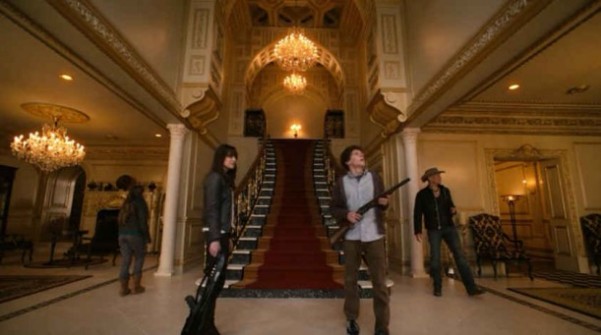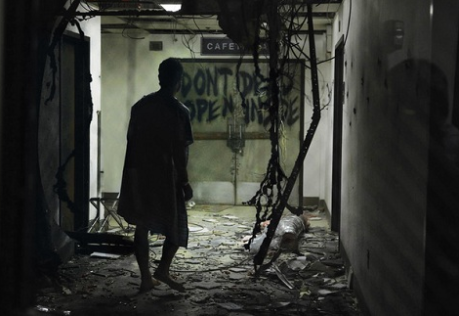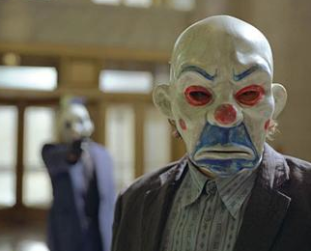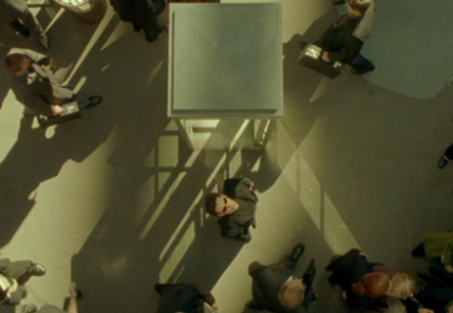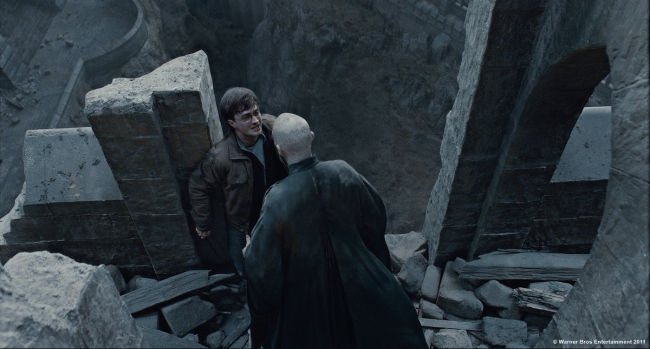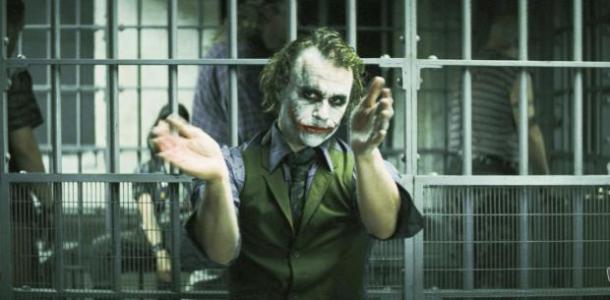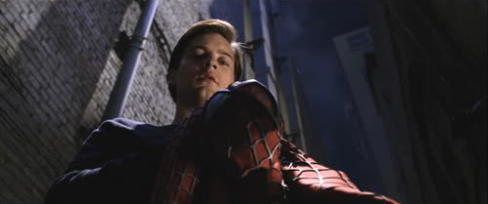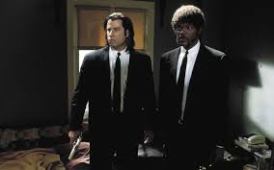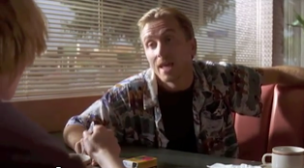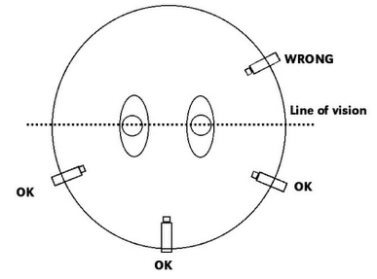So today at college we had a to make a swede for a film called Fargo, we (Billy, Jayden, Zoey and myself) were in a room with one camera, tripod and a dolly on a track. We had billy smashing a T.V with then me and Zoey keeping the camera on track with Jayden keeping the camera steady for our track shot. We then had Billy and myself keeping the track steady for Zoeys shot and then the the same for my shot as well. Considering we got all the shooting done today we have the rest of the week to edit.
Today we were filming!
Leave a reply
